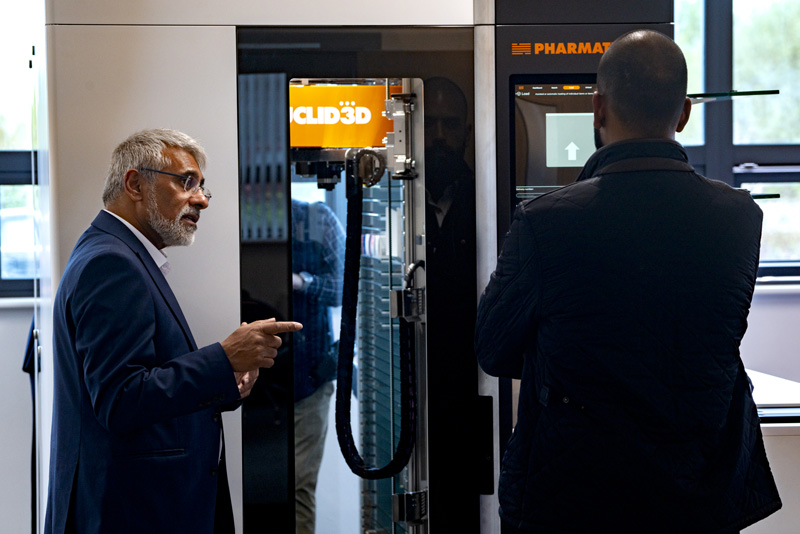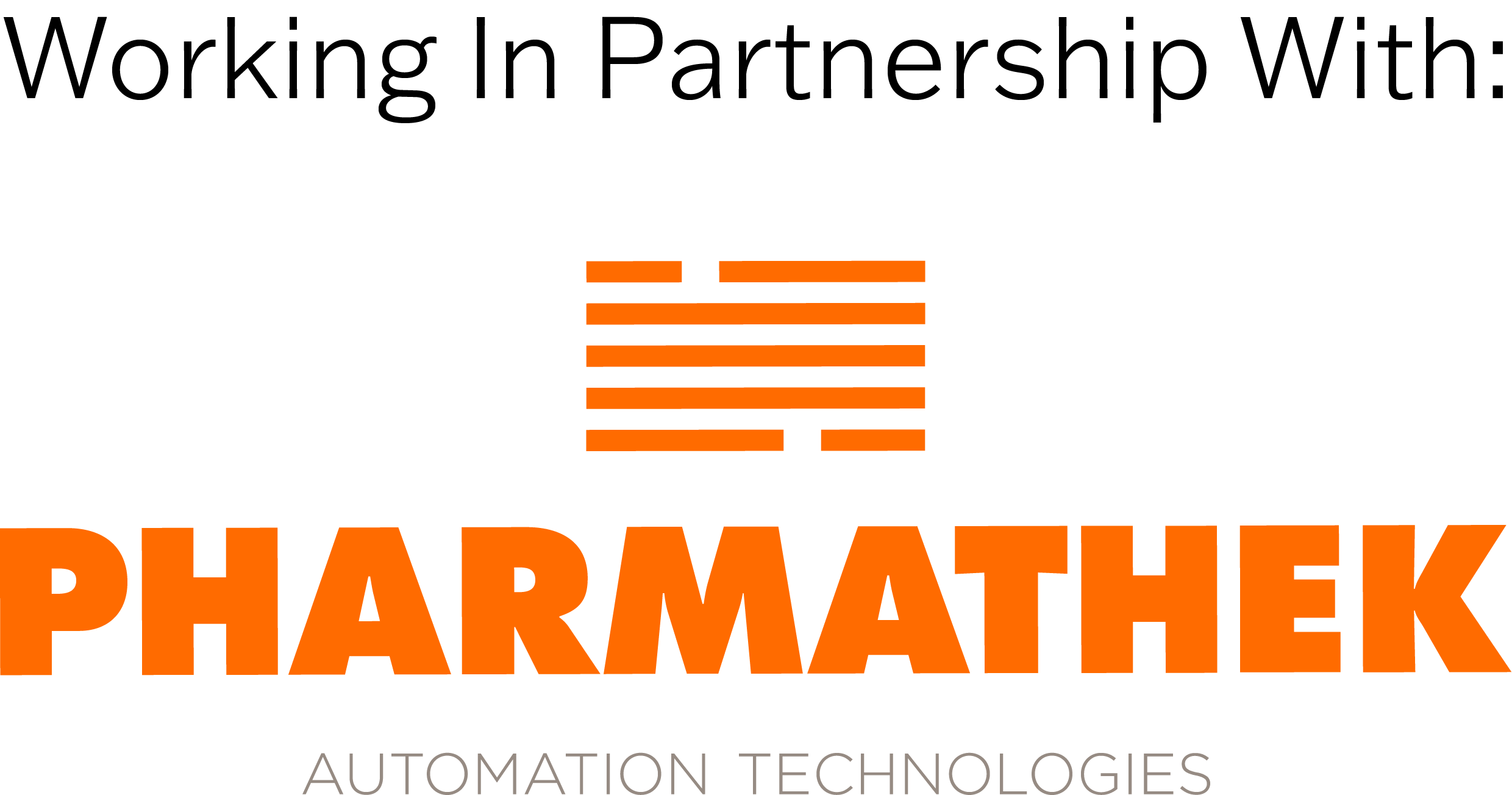Is an Original Pack Dispensing Robot a good Investment for your Pharmacy?
I recently visited a pharmacy looking to invest in a dispensing robot, at the meeting the owner mentioned that he had been told by a company that they didn’t need a robot, all they needed was their PMR software, with the implication that this would do everything they needed without having a “big box” taking up a lot of space in the dispensary and that it’s an expensive solution.

This got me thinking about the merits of that statement and the real benefits of automation being lost in the talk around software/AI in relation to a pharmacy.
While software/AI with all its capabilities can do so many amazing things, they will not do the walking, searching, picking, stocking the shelves etc. that is currently so time-consuming and costly in a pharmacy. Software may streamline the process, but the activities still need to be done by a person, regardless of what human resources are available on a given day.
Robotic automation aims to free up human time and take over the repetitive, nonproductive, stressful but important activities and let humans focus on value-added services for patients coming into the pharmacy.
The automated dispensing robot can be a valuable technological staff member that does not make human errors and alleviates stress in many ways. A helping hand that gives the pharmacy reliability and peace of mind, and when working in harmony with a good software solution, can bring real benefits to a pharmacy across the many facets involved in the work process.
Let us look a little deeper and remind ourselves of some of the functions a dispensing robot can do for your pharmacy and quash some myths that may be around regarding robots.
The Robot starts helping the moment a stock delivery arrives, in store:
Without a robot:
- Stock checked against the delivery note/order:
- Stock sorted into groups.
- Stock put on the shelves.
- Based on Customer feedback, this may take 4-5 hours a day or more depending on interruptions and other issues that may come up in a working day in a pharmacy.
With a robot:
- Input delivery number into robot screen,
- Place the items in the Autoloader and walk away!
- The robot sorts, scans barcodes/QR codes and If the PMR says ok, stocks in a suitable location.
- Print the report to show what items were stocked and cross-check with delivery note.
What could you do with an extra: 4hrs/day; 20hrs/week: 80hrs/month?
Speed of picking
While manual picking may be faster than a robot, the question is how valuable is the time a human spends walking around the dispensary, locating correct items, picking, and bringing them back to their workstation?
A robot takes away the human time spent on these repetitive tasks, time which can be used for value-added activities elsewhere.
Not only will the robot pick the right medication, but it will also check that it has not expired, issue any part packs first, to keep stock levels down and importantly its speed of picking and delivery does not change as the day gets older!
When it comes to Batch picking – some robots can pick up to 15 packs of medication in one journey. One key safety element to consider with the robot – “from the initial delivery of medication being put into the autoloader, the next physical contact with that medication is potentially at the point of delivery from the robot for assembly”. The fewer touch points in a process the less chance of errors happening, the robot picks the right item every time.
Robots can potentially pick and deliver a whole prescription in one journey, with the medication only being handled twice in the whole process.
- Based on feedback from customers: An average time of 1 min to pick 5 items on a prescription (walk, find, pick, check expiry date, return to workstation) and if 100 prescriptions can be done in a day: that’s 1.6 hours spent walking around each day, searching, and picking.
What could you do with an extra: 1.6hrs/day: 8hrs./week: 32hrs./month?
Expiry date checking – An important yet tedious and monotonous task every pharmacy must undertake.
- Based on customer feedback, an average of 2 hours a week is spent carrying out expiry date checks.
Using Barcode/QR codes technology the robot keeps track of all the expiry dates, and more importantly, it will not dispense an expired item. Details of items expired, or expiring are readily available on the robot screen.
What could you do with an extra: 2hrs/week: 8hrs /month: 96hrs/year?
Robots are big and bulky – Robot manufacturers have improved their products over the last 10 years and robots now can take up less space than a small car parking space!
BUT what can you get in return for that space used by a robot? A small robot: 1.43m (w) x 3m(l) x2m(h) size can hold approx. 4000 Packs!
How much space do you currently need to stock so many packs and be able to account for every single item?
- From customer feedback, pharmacies have gotten more space freed up than taken by the Robot.
There are many other intangible benefits that a robot can provide that can have a positive impact on the business.
The actual cost of a robot – The life expectancy is typically 10+ years, the average cost for a small robot can be approx. £100,000 and the robot can operate 24hrs a day, 7 days a week.
Let’s assume it only works 40hrs a week, this equates to an hourly rate of £4.80, for the next 10 years.
In summary, If a robot can release time staff spent on some of the above activities and use that time for value-added activities that can’t be automated such as patient care and services –
- 6 hrs. a day
- a week
- a month
and only costs an hourly rate of £4.80 for the next 10 years.
– Is a robot a good investment for your pharmacy?


